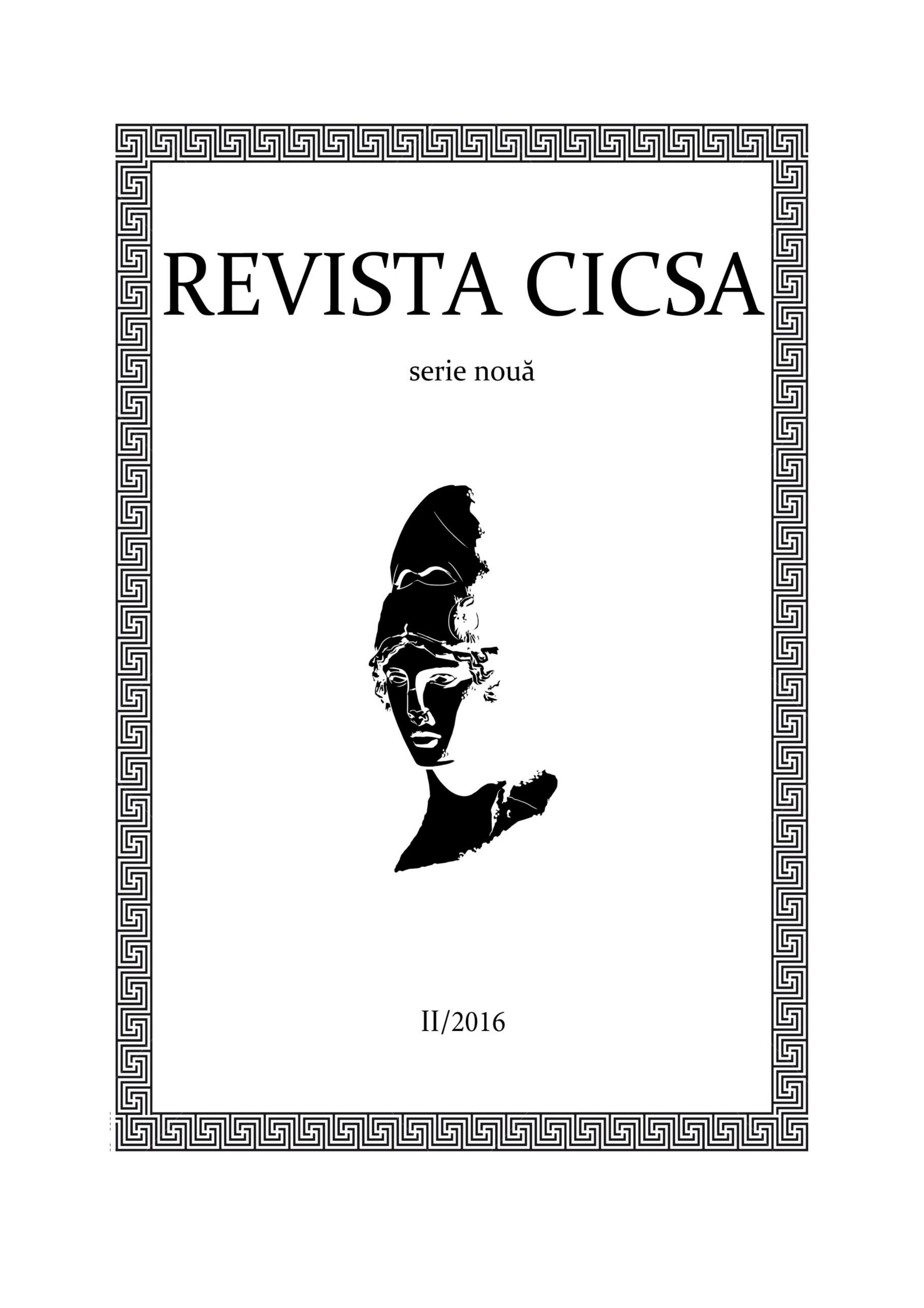The Human Body within Funerary Archaeology Research: from the Bearer of Material Culture to la Raison d'Être of the Funerary Complex
The Human Body within Funerary Archaeology Research: from the Bearer of Material Culture to la Raison d'Être of the Funerary Complex
Author(s): Ciprian CrețuSubject(s): Recent History (1900 till today), 19th Century
Published by: Centrul de Istorie Comparată a Societăților Antice
Keywords: human body; funerary archaeology; research methodology; physical anthropology; social sciences;
Summary/Abstract: The interest for graves, cemeteries, and other funerary structures was a constant in archaeologicalresearch since the pioneering period of this discipline in the 19th century. With regard to the actual human body (buried or treated in other various ways), archaeologists and anthropologists took different approaches which can be best understood only by taking into account the wider context in which they conducted their research. In this paper I will try to observe the evolution of the way in which the human body was regarded in the framework offunerary archaeology. I begin my analysis from the 19th century, when scholars operated a selection andretention mainly of skulls from the excavation in order to be able to classify individuals into ”races” and with astrong emphasis on the study of the associated artefacts, and conclude at the end of the 20th century, when the human body is at the heart of a complex research (it becomes the reason of being of the whole funerary ensemble) comprising the natural (field anthropology) and the social sciences and humanities.
Journal: Revista CICSA online, Serie Nouă
- Issue Year: 2016
- Issue No: II
- Page Range: 6-18
- Page Count: 13
- Language: English

